Web3 is a new era of the Internet in which users have full control over their data through decentralized technologies such as blockchain. Unlike the traditional Internet (Web2), where large corporations manage information, Web3 provides a decentralized network where every user can become a full-fledged owner of their data and digital assets.
Artificial intelligence (AI), on the other hand, makes it possible for computers to process vast quantities of information and reach conclusions based on the analysis. It has already transformed various spheres of activity, from process management to the emergence of new economic models. Blockchain, in turn, is a technology that guarantees the safety of transactions through the inclusion of their records in unchangeable ledgers.
The integration of AI and blockchain technology expands further the potential for creating decentralized and secure systems within Web3. In the future, AI will enhance decision-making and streamline intricate tasks via smart contracts that utilize validated information on the blockchain. As a result, entirely new economic models will emerge in the future, where security and confidentiality become the core principles guiding models of interaction.
Web3 and Blockchain basics
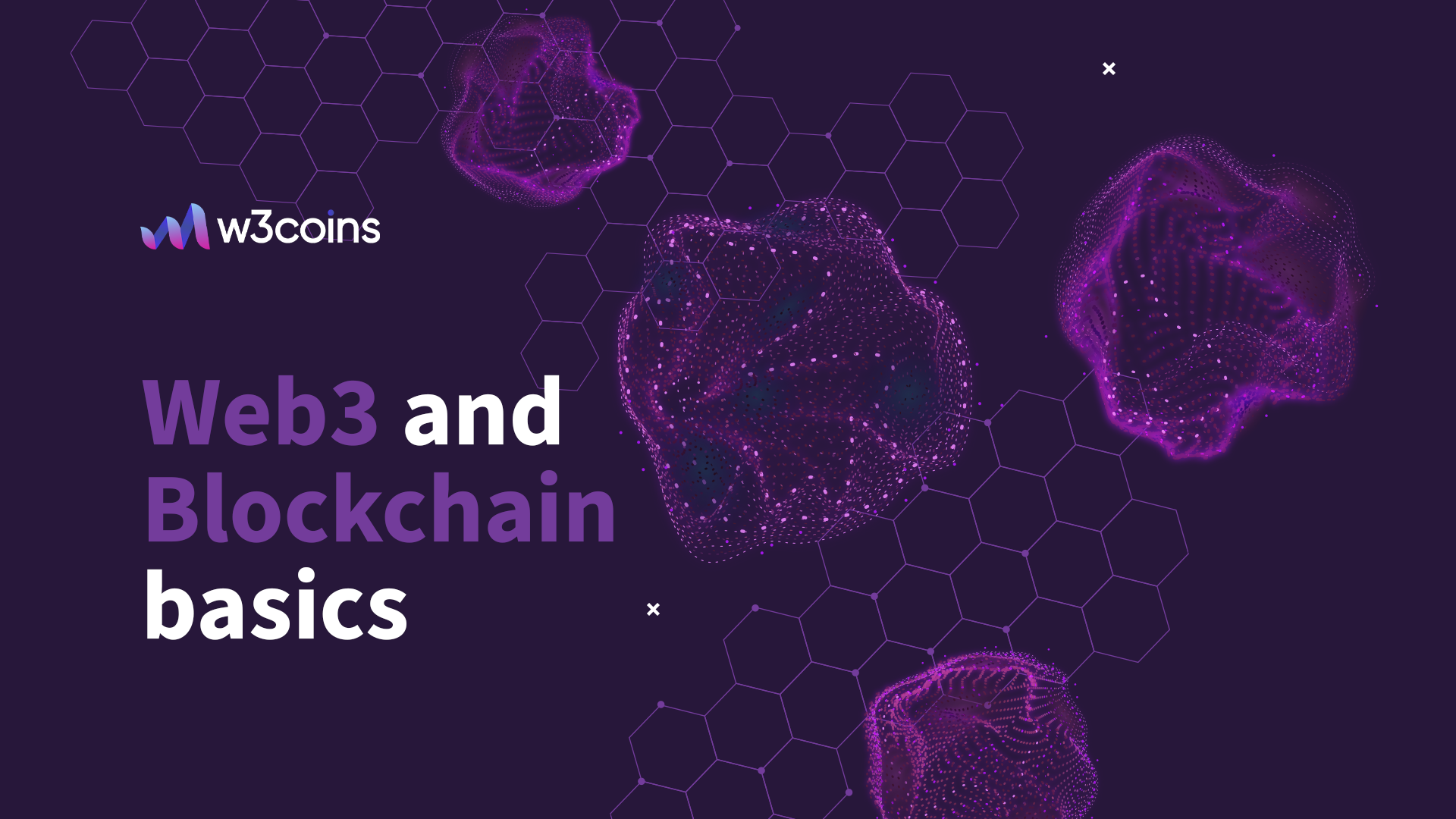
Building Web3 is possible with blockchain technology, as it lays down the core principles on which decentralized solutions can be built. A blockchain is a networked database in which each piece of information is recorded in an uneditable block. Blockchain characteristics consist of the following:
-
Immutability: Every transaction is recorded forever and cannot be changed without the approval of the entire network.
-
Transparency: All network participants have access to transactions, making processes completely transparent.
-
Decentralization: The lack of centralized management means that there is no single point of control or vulnerability.
How blockchain is at the heart of Web3
Web3 is the latest model of the Internet that allows for decentralized applications to be built on top of the blockchain. It is important to highlight that no big corporations or organizations that control users’ data act as intermediaries. Web3 allows for the storage of data across multiple decentralized networks, allowing users full ownership of their assets and information. Not only does blockchain allow for secured transparency, but it also allows participants to have trust without the need for intermediary parties.
Blockchain's connection to AI
Artificial intelligence can use the blockchain as a source of reliable and unchanging data for analysis and decision-making. Since the data on the blockchain cannot be tampered with, AI receives accurate and verified information, making its decisions more reliable. In addition, AI can automate management processes on the blockchain by integrating smart contracts to perform complex tasks without human intervention.
AI and its development
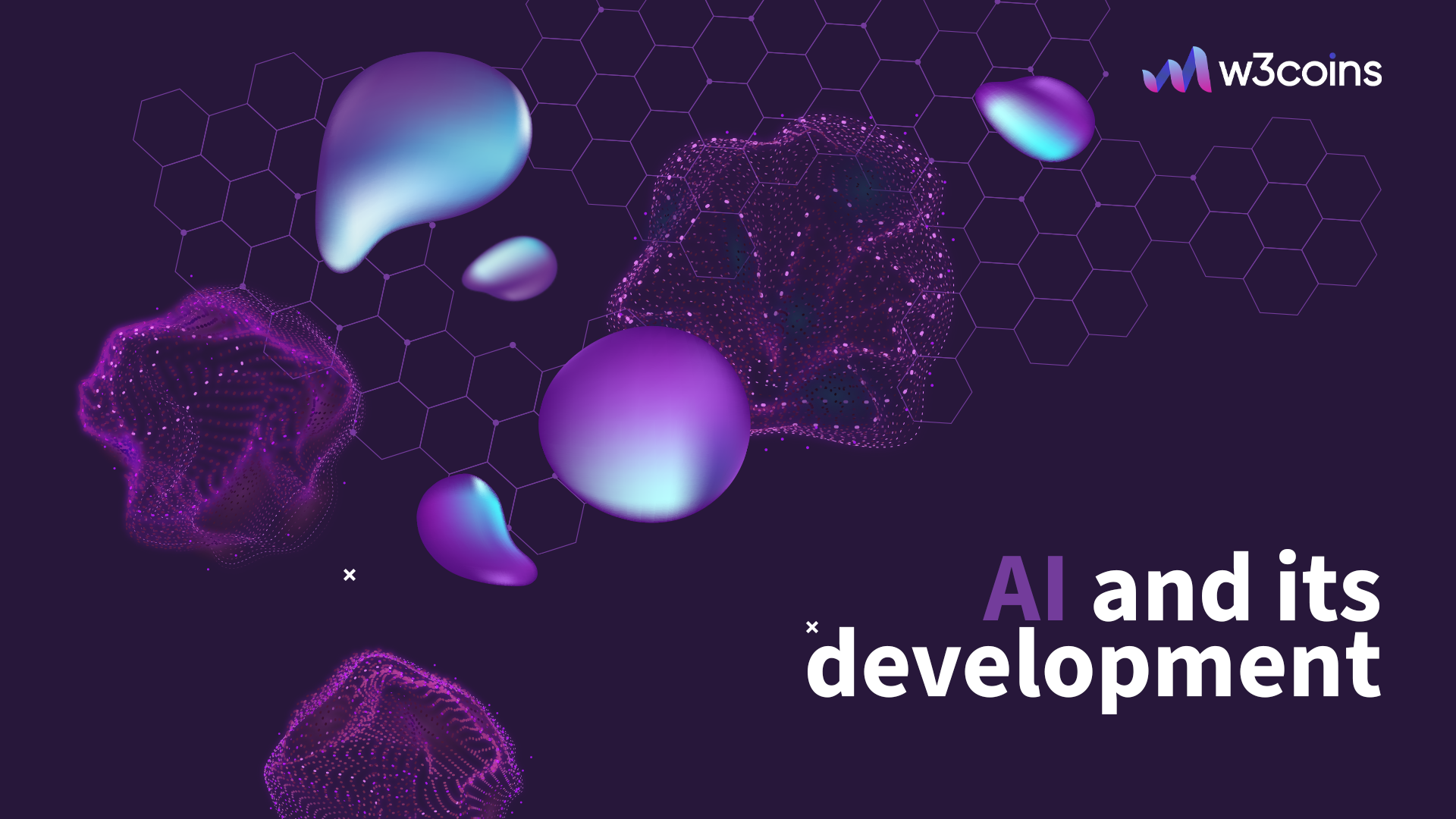
The last few years have seen rapid advancements in artificial intelligence in different fields — from automating work processes to scientific endeavors. AI can process and make sense of large amounts of data and execute activities more efficiently and effectively than humans. All these advancements can be credited to AI which has been able to enhance processes such as machine learning, neural networks, and natural language processing (NLP), which makes automation of several tasks such as healthcare, finance, and logistics possible and effective.
AI's ability to make decisions
One of the key capabilities of AI is the ability to make decisions based on data analysis and algorithms. AI systems can study large amounts of information, optimize decisions, and automate complex processes, which is especially useful in financial systems where it is important to process data quickly and reduce human errors. For example, AI is used in finance for risk management, trading, and market forecasting.
Problems of data centralization in AI
Despite the advances, many modern AI systems depend on centralized servers and computing resources. This poses certain risks, such as vulnerability to attacks and data manipulation, as well as the possibility of misuse of user's data. The lack of transparency in centralized AI solutions raises questions of trust on the part of users. Integrating blockchain with AI can solve these problems by providing decentralized data processing and storage.
Combining AI and Blockchain in the context of Web3
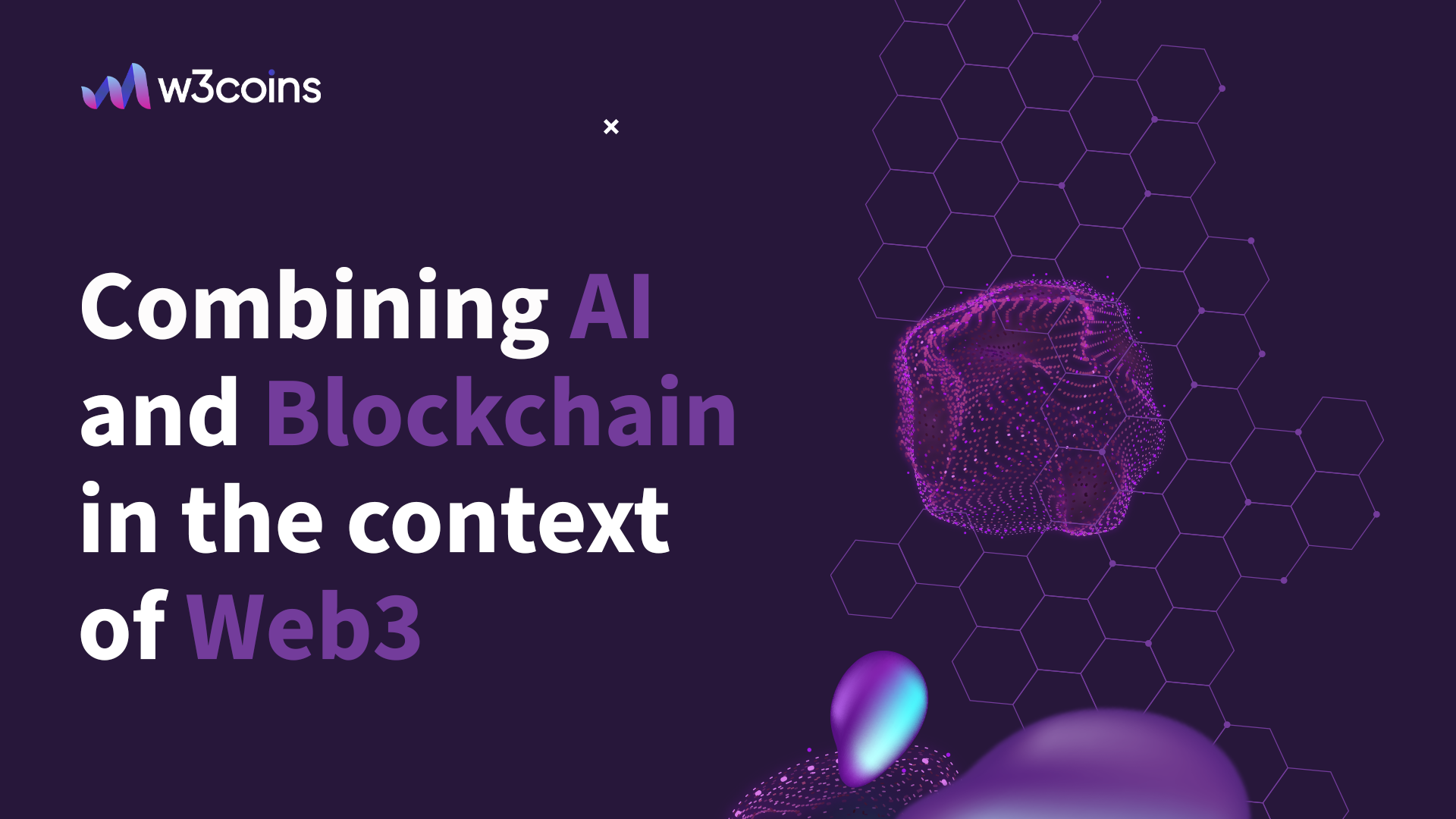
The combination of artificial intelligence (AI) and blockchain within Web3 creates new opportunities for automation, security, and decentralization of many processes. This not only increases the efficiency of existing systems but also opens the way to innovative business models where autonomous systems play a key role.
Standalone systems
One of the most possible opportunities for the adoption of AI with the blockchain is to develop autonomous systems that can make decisions and do things automatically without the input of a human being. For instance, in autonomous transportation systems, the artificial mind ingests and interprets vast volumes of information in real time, and the blockchain provides the necessary information and transparency of management processes. In finance, autonomous systems can manage asset portfolios, trading, and investing based on predefined algorithms.
Smart contracts
Smart contracts on the blockchain can be even more powerful thanks to AI. Instead of simple conditional transactions, AI can automate more complex scenarios by analyzing large amounts of data from various sources. This allows you to analyze more sources of information to make a transaction, such as analyzing the latest news, market changes, etc.
Decentralized data management
Combining AI with blockchain enables the development of distributed data control management techniques. The secure and transparent nature of the collected data is guaranteed by the blockchain technology, while AI processes it to improve management and make decisions. This is especially useful in areas such as healthcare or finance, where data confidentiality and accuracy are critical.
New models of the economy
The combination of AI and blockchain is also contributing to the development of new economic models where autonomous systems manage assets and finances. This paves the way for a “machine economy” where AI agents can independently interact with each other, buying or selling resources or providing services. Such models are already starting to appear in decentralized financial platforms (DeFi), where artificial intelligence provides liquidity and risk optimization.
This synergy of AI and blockchain creates a platform for future technological changes, making Web3 even more innovative and efficient.
Examples of practical application
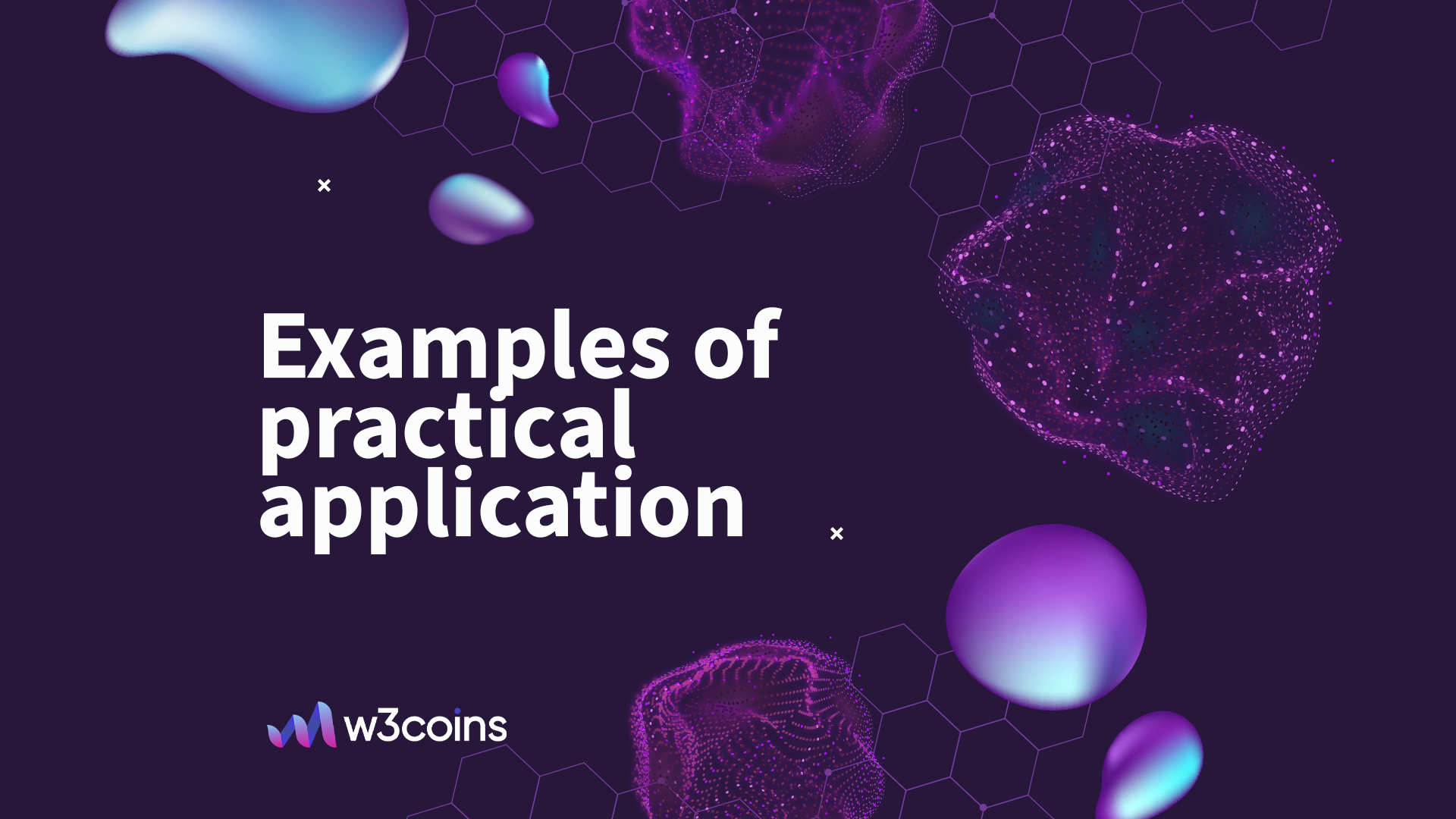
The convergence of Artificial intelligence with Blockchain technology has already impacted a few creative ventures showcasing the prowess of these technologies in Web3. Let's take a look at 3 important ecosystems that leverage AI and integrate Blockchain networks to create new possibilities.
Fetch.ai
Fetch.ai is a decentralized platform that focuses on the creation of self-sufficient AI agents across the internet using a blockchain network. They conduct tasks on the Internet of Things (IoT), perform extensive data analytics, and manage operations without any human involvement. Fetch.ai allows agents to operate in a decentralized marketplace – so agents can be embedded into logistics, transportation, and energy. The fusion of AI and Blockchain enables the platform to guarantee safe and reliable transactions between agents, which creates new prospects for the improvement of the processes throughout the whole sector.
Ocean Protocol
Ocean Protocol allows the secure exchange of data and its monetization in the form of a service on a decentralized network. Users can create, distribute, and contribute to data assets stored on the blockchain with AI used to evaluate such data. Ocean Protocol is in favor of the provision of an open data marketplace, where artificial intelligence can utilize a distributed network of data for analysis across the financial, medical, scientific, and other industries. This helps to create transparent and secure platforms for the exchange of large amounts of data.
SingularityNET
SingularityNET is a decentralized platform that allows developers to create, publish, and sell AI-based services. Thanks to the blockchain, the platform ensures transparency and reliability of transactions between AI developers and users. SingularityNET is used in various industries, including healthcare, robotics, and financial services. The platform's uniqueness lies in the fact that it allows the creation of a decentralized AI ecosystem where everyone can access blockchain-based intelligent solutions.
These projects demonstrate how the integration of AI and blockchain can transform various industries, providing a new level of autonomy, transparency, and security within Web3.
Benefits and challenges
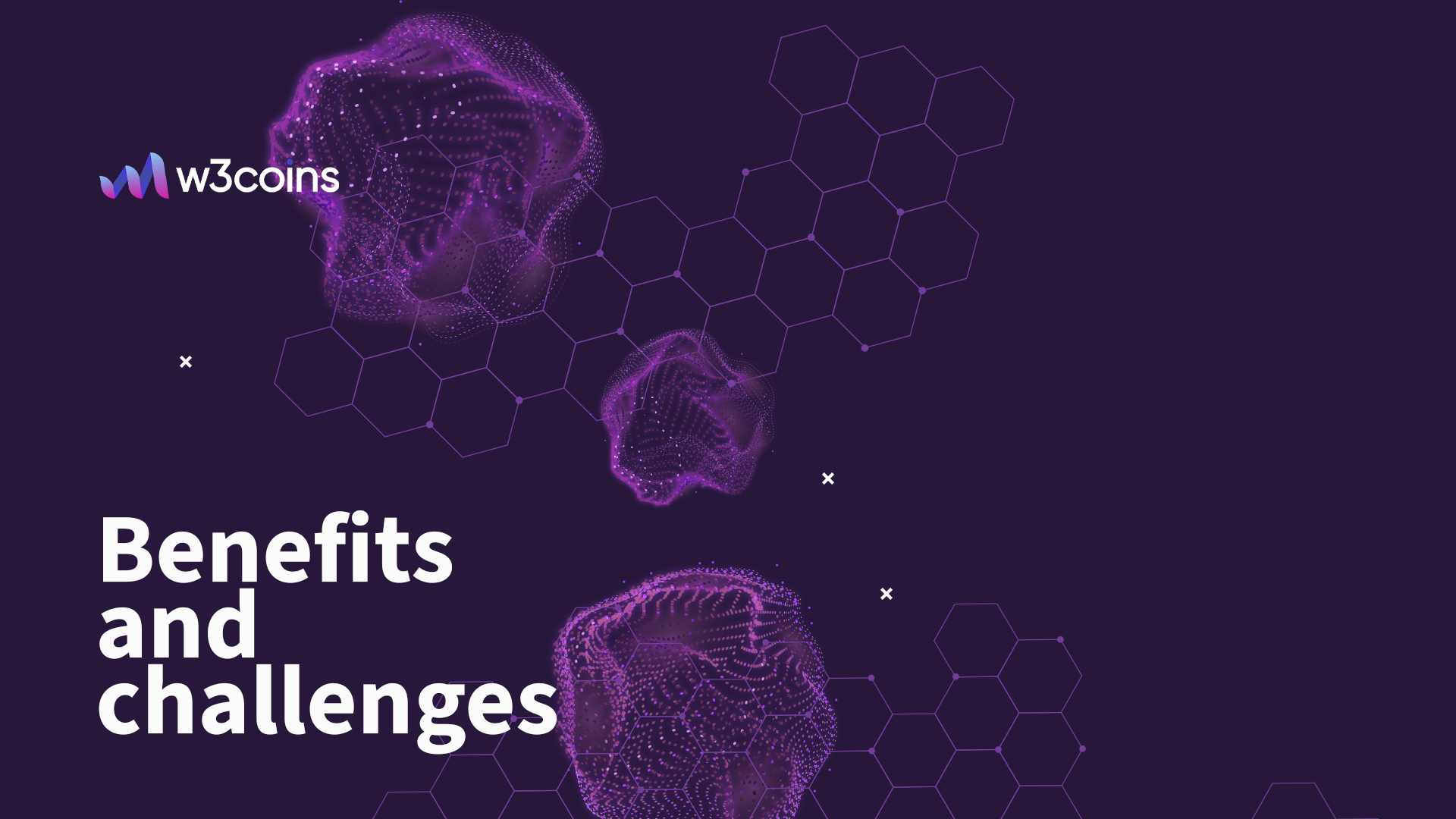
The combination of artificial intelligence (AI) and blockchain brings significant benefits to Web3, creating new opportunities for automation and increased transparency in various industries.
Benefits of combining AI and blockchain
Transparency: Data analyzed by AI is recorded in the blockchain, ensuring its immutability and transparency. This means that the results obtained with the help of AI can be verified by anyone, which increases the trust in the systems.
Security: Since the data on the blockchain is protected from unauthorized changes, artificial intelligence works with reliable and verified information. This helps to avoid manipulation by intruders, which is an important advantage for AI solutions in areas such as finance and healthcare.
Efficiency: AI can automate complex processes with the help of smart contracts running on the blockchain. This reduces the risk of human errors and allows operations to be performed faster and more accurately, without the intervention of intermediaries.
Challenges
Scaling: One of the main concerns is scalability. Although blockchain provides security, its limited capacity to process large amounts of data can be an obstacle to the full use of AI. New technological solutions such as Layer 2 solutions and other blockchain performance improvements are needed to overcome this problem.
Energy consumption: Consensus algorithms such as Proof of Work consume huge amounts of energy. This makes the integration of AI and blockchain less attractive from an environmental perspective. Alternative consensus models, such as Proof of Stake, can be a solution to this issue.
Regulatory issues: The implementation of decentralized AI systems based on blockchain faces regulatory challenges. The laws governing blockchain and artificial intelligence are still under development, which may create legal uncertainty for companies and users.
Thus, the combination of AI and blockchain has significant potential, but technical and regulatory challenges need to be addressed to fully implement it in Web3.
Trends and the future
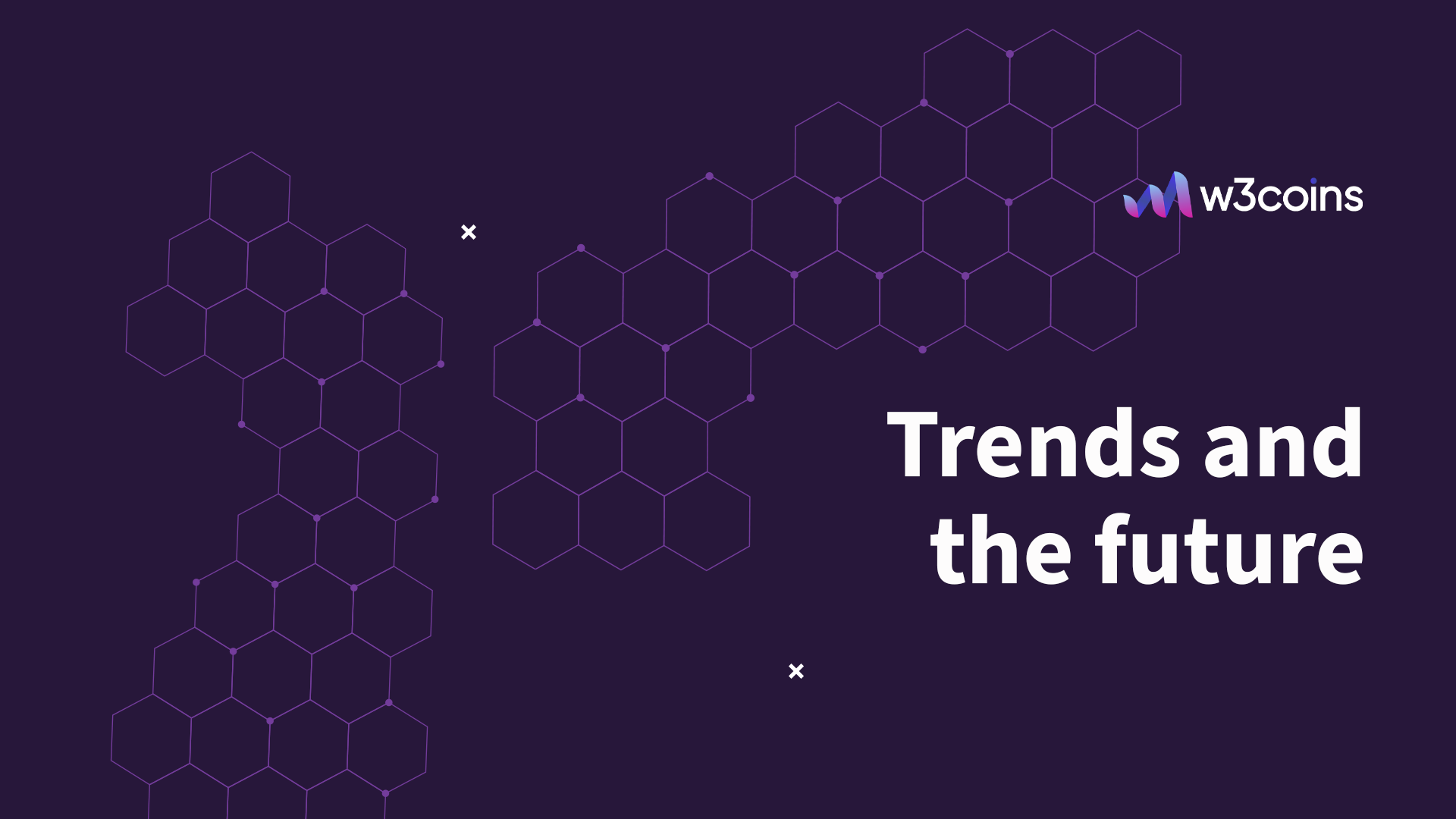
With the use of Web3, AI, and blockchain become very powerful together and can provide many solutions which include automation, security, and transparency to many industries. These technologies lay the foundation for the creation of decentralized platforms that make it possible to store and process information with no intermediary in a centralized position, as well as access this information in a clear-cut manner.
Autonomous systems which include AI and blockchain create new opportunities for economic models where systems are remotely operated and supervised while enabling finance and infrastructure to be self-controlled and managed systems. Moreover, AI-integrated smart contracts should increase transaction efficiencies as well as the chances of human error or fraud are decreased.
On the horizon is the development of even more complex solutions that can change not only the economy but also the principles of social governance. The integration of these technologies opens up new prospects for scaling decentralized systems, developing financial markets, and improving cybersecurity. The path to the full implementation of AI blockchain solutions remains challenging but progressive, and every year new technologies become more accessible and integrated into everyday life.
Those who want to stay at the forefront of Web3 development should pay attention to these technologies as they shape the future of the digital economy and global governance systems.




评论 (0)